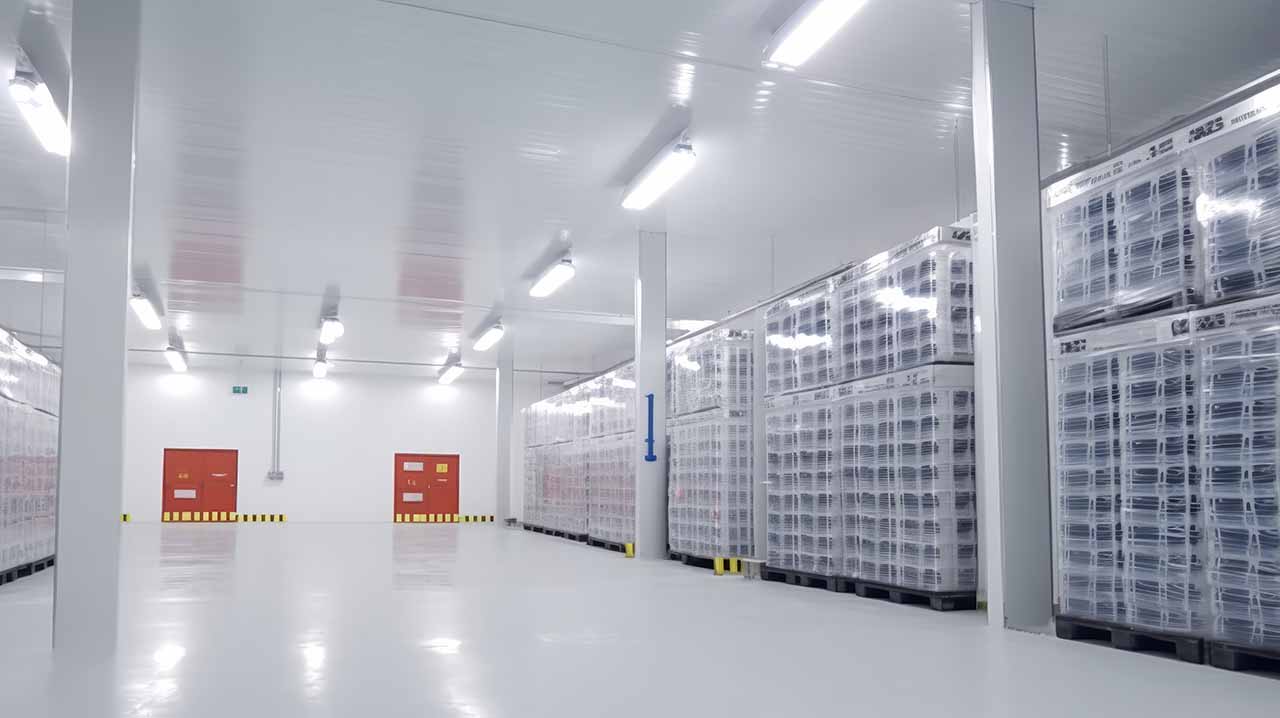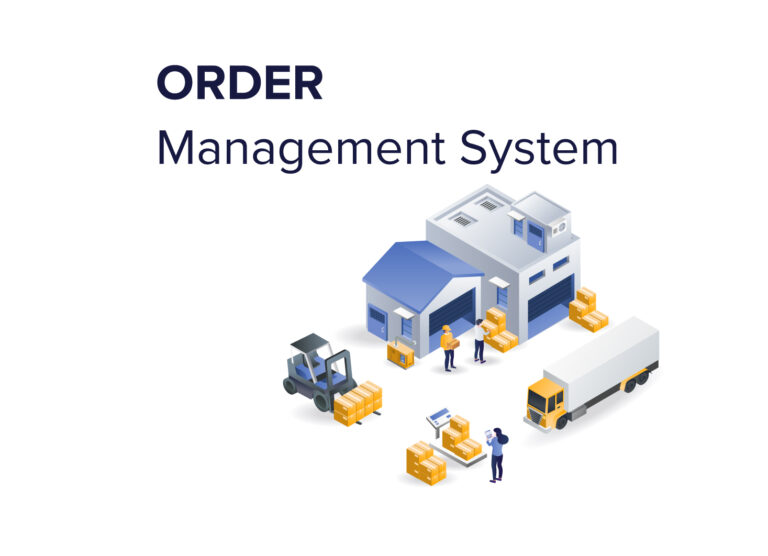Cold Storage Warehouse: Keeping Food Fresh And Safe
- Why WMSOne Stands Out In Warehouse Management - December 30, 2024
- The Future of Warehouse Inventory Management in 2025 - December 9, 2024
- Cold Storage Warehouse: Keeping Food Fresh And Safe - October 3, 2024
Cold storage warehouse are essential for keeping your food, medicines, and temperature-sensitive products safe and fresh. Ever wondered how fresh strawberries or frozen pizzas make it to your table in perfect condition, even if they’ve traveled hundreds or thousands of miles? Or how life-saving vaccines remain effective by the time they reach clinics and hospitals? The answer lies in cold storage warehouses, the backbone of the cold supply chain.
What is a Cold Storage Warehouse?
A cold storage warehouse is a large facility designed to store perishable goods at low temperatures—either chilled or frozen. These warehouses use advanced refrigeration systems to maintain the right temperature, keeping products safe from spoilage and ensuring they reach customers in the best possible condition
Some of the most common items stored in cold storage include:
- Fresh produce like fruits and vegetables
- Dairy products and meats
- Frozen foods (seafood, ice cream, etc.)
- Vaccines, medicines, and biological products
These warehouses play a critical role in keeping perishable products fresh and safe for consumers, all while reducing waste.
Why Are Cold Storage Warehouses Important?
Cold storage warehouses are more than just cold rooms. They serve multiple important roles in today’s global supply chain:
1. Keeps Food Fresh and Safe
Perishable foods like meat, dairy, and fresh produce can spoil quickly if they aren’t stored at the right temperature. Cold storage warehouses extend the shelf life of these products by maintaining an optimal environment. This way, when you buy them, they’re still fresh, tasty, and safe to eat.
2. Essential for Medicines and Vaccines
Certain pharmaceutical products—especially vaccines—require precise temperature control to remain effective. Cold storage is crucial to making sure they don’t degrade, keeping them safe until they’re ready to be used.
3. Supports Global Trade
Cold storage facilities make it possible to import and export temperature-sensitive goods across long distances. For example, cold storage enables fresh seafood from coastal regions to be sold in cities far away, or for tropical fruits to reach countries in colder climates.
4. Reduces Food Waste
Cold storage warehouses help reduce food waste by preventing spoilage. When products last longer, less food gets thrown away, which is good for both the environment and business profits.
Key Features of a Modern Cold Storage Warehouse
These high-tech facilities are more than just cold rooms. Here’s what makes them tick:
- Advanced Refrigeration Systems: Different products need different temperatures, and modern cold storage facilities use advanced refrigeration systems to customize cooling based on the specific needs of the products being stored.
- Energy Efficiency and Insulation: Maintaining consistent temperatures takes a lot of energy, so warehouses are equipped with high-quality insulation to minimize energy use. Many are also adopting energy-efficient practices to cut down on costs and their environmental footprint.
- Automated Inventory Management: Many cold storage warehouses are turning to automation for more efficient operations. Robotics and automated guided vehicles (AGVs) are now being used to move products within the warehouse. Smart sensors track the temperature and humidity in real-time to ensure products are stored properly at all times.
- Multi-Zone Storage: A single cold storage warehouse might have several temperature zones, allowing different products to be stored in optimal conditions. For example, frozen food might require sub-zero temperatures, while fresh produce may need a slightly warmer, controlled environment.
How Cold Storage Fits into the Supply Chain
Cold storage warehouses are a critical link in the cold chain—a system of transporting, storing, and delivering temperature-sensitive goods from producer to consumer. Here’s how it works:
- Production: Producers create perishable goods like fresh food and medicines and quickly move them to cold storage to maintain freshness.
- Cold Storage: Workers keep the goods in the cold storage warehouse until they’re ready for distribution.
- Transportation: Refrigerated trucks (also known as reefers) then deliver these goods to retailers or directly to consumers.
- Retail and Delivery: Finally, products make their way to store shelves or your doorstep, staying fresh throughout the journey.
What’s the Future of Cold Storage Warehouses?
The cold storage industry is booming and will keep growing as technology evolves. Here are some exciting trends to watch:
1. Green and Sustainable Solutions
Many warehouses are adopting eco-friendly practices, such as using solar power or energy-efficient cooling systems. This helps reduce carbon footprints and operational costs, making the industry more sustainable.
2. More Automation
Expect to see more warehouses using robotics, AI, and automation to speed up tasks like inventory management, order picking, and even transportation. Automation not only increases efficiency but also reduces the need for manual labor.
3. Micro-Warehouses for Faster Delivery
As e-commerce and grocery delivery continue to rise, companies are building smaller cold storage warehouses known as micro-fulfillment centers closer to urban areas. These facilities allow businesses to deliver perishable goods faster, meeting the growing demand for quick, fresh grocery delivery.
Conclusion: The Cool Factor of Cold Storage
Cold storage warehouses are a critical part of the modern world, quietly ensuring that everything from your fresh strawberries to life-saving medicines stays safe, fresh, and effective. As technology continues to advance, these warehouses are becoming even more important in helping us reduce waste, support global trade, and keep perishable goods moving from producer to consumer without a hitch.
Next time you enjoy a fresh salad in winter or receive a temperature-sensitive product, you can thank the cold storage warehouse behind the scenes!
Ready to keep your products fresh? Contact us for cold storage solutions! WMSOne







